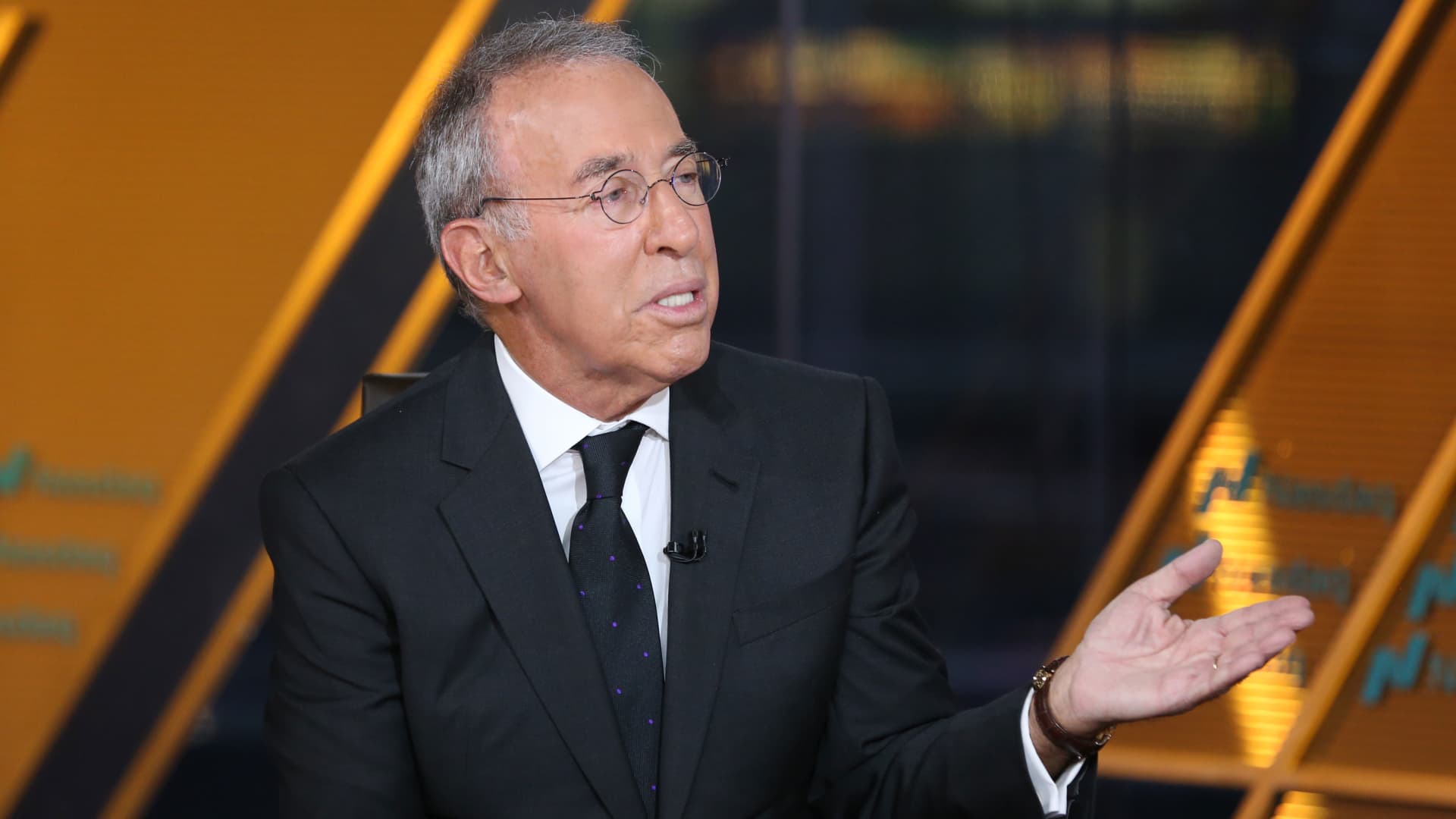Singapore warns of ‘uncertainty’ after it averts a technical recession on manufacturing growth

This photo shows the Marina Bay Sands hotels resort and Garden by the Bay domes backdropped with the city skyline in Singapore on June 27, 2025.
Roslan Rahman | Afp | Getty Images
Singapore’s economy grew at 1.4% in the second quarter of 2025, avoiding a technical recession as it reversed the 0.5% contraction recorded in the first three months of the year.
On a year-over-year basis, the country’s economy expanded 4.3% in the second quarter of 2025, accelerating from 4.1% in the first three months and beating expectations. A Reuters poll of economists had forecasted a 3.5% growth.
A technical recession is commonly defined as two consecutive quarter-over-quarter declines in a country’s GDP. Analysts polled by Reuters had estimated a 0.6% quarter-over-quarter growth.
The GDP growth was led by the manufacturing sector, which expanded 5.5% year over year, up from 4.4% in the first quarter of 2025. The sector makes up about 17% of the country’s economy.
Despite the GDP beat, Singapore’s Ministry of Trade and Industry said in its release that “there remains significant uncertainty and downside risks in the global economy in the second half of 2025 given the lack of clarity over the tariff policies of the U.S.”
Back in April, MTI had downgraded the country’s GDP growth to 0%-2%, down from its previous forecast of 1%-3%. Singapore recorded a full-year GDP growth figure of 4.4% in 2024.
Unlike other countries in Southeast Asia that have been hit with “tariff letters,” Singapore has not received such a “letter” from U.S. President Donald Trump.
However, Singapore still faces the baseline 10% tariff from the U.S., despite running a trade deficit with the U.S. and having a free trade agreement since 2004.
Singapore’s economic resilience task force, set up in April in response to the U.S. tariffs, announced last week that it will roll out grants to help businesses cope with the impact of global trade tensions.
The GDP release also comes ahead of a monetary policy decision by the country’s central bank later in July.
In its May meeting, the Monetary Authority of Singapore loosened its policy for a second straight time, saying that “there are downside risks to Singapore’s economic outlook stemming from episodes of financial market volatility and a sharper-than-expected fall in final demand abroad.”
The MAS also warned that a more abrupt or persistent weakening in global trade will have a significant impact on Singapore’s trade-related sectors and, in turn, the broader economy.
Nonetheless, the country’s inflation numbers are supportive of a rate cut.
Singapore’s headline inflation rate fell to 0.8% in May, its lowest level since February 2021, while core inflation, which excludes accommodation and private transport, came in at 0.6% in May, compared to 0.7% the month before.









